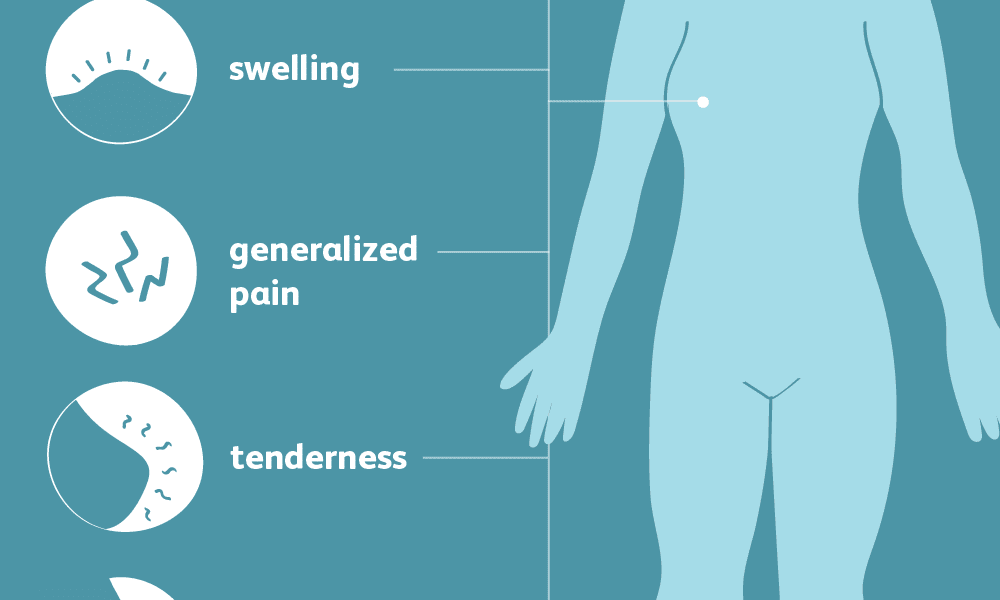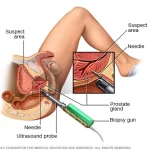Fibrocystic breasts are composed of tissue that feels lumpy or ropelike in texture. Doctors call this nodular or glandular breast tissue.
It’s not at all uncommon to have fibrocystic breasts or experience fibrocystic breast changes. In fact, medical professionals have stopped using the term “fibrocystic breast disease” and now simply refer to “fibrocystic breasts” or “fibrocystic breast changes” because having fibrocystic breasts isn’t a disease. Breast changes that fluctuate with the menstrual cycle and have a ropelike texture are considered normal.
Fibrocystic breast changes don’t always cause symptoms. Some people experience breast pain, tenderness and lumpiness — especially in the upper, outer area of the breasts. Breast symptoms tend to be most bothersome just before menstruation and get better afterward. Simple self-care measures can usually relieve discomfort associated with fibrocystic breasts.
Symptoms
Signs and symptoms of fibrocystic breasts may include:
- Breast lumps or areas of thickening that tend to blend into the surrounding breast tissue
- Generalized breast pain or tenderness or discomfort that involves the upper outer part of the breast
- Breast nodules or lumpy tissue change in size with the menstrual cycle
- Green or dark brown nonbloody nipple discharge that tends to leak without pressure or squeezing
- Breast changes that are similar in both breasts
- Monthly increase in breast pain or lumpiness from midcycle (ovulation) to just before your period and then gets better once your period starts
Fibrocystic breast changes occur most often between 30 and 50 years of age. These changes happen rarely after menopause unless you’re taking hormone replacement medicine such as estrogen or progesterone.
Causes
The exact cause of fibrocystic breast changes isn’t known, but experts suspect that reproductive hormones — especially estrogen — play a role.
Fluctuating hormone levels during the menstrual cycle can cause breast discomfort and areas of lumpy breast tissue that feel tender, sore and swollen. Fibrocystic breast changes tend to be more bothersome before your menstrual period and ease up after your period begins.
When examined under a microscope, fibrocystic breast tissue includes distinct components such as:
- Fluid-filled round or oval sacs (cysts)
- A prominence of scar-like fibrous tissue (fibrosis)
- Overgrowth of cells (hyperplasia) lining the milk ducts or milk-producing tissues (lobules) of the breast
- Enlarged breast lobules (adenosis)
Complications
Having fibrocystic breasts doesn’t increase your risk of breast cancer.
The list of some Fibrocystic breast disease medicine:



